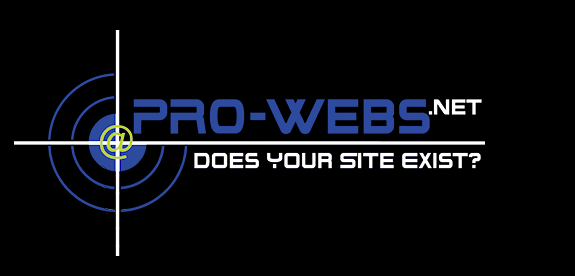One of the singular most important things you can do for your online store is define a clear easy to follow navigational structure. The benefits are really astounding. Today I will cover a few common mistakes, and some very easy and logical fixes. You will see that the results can come very quickly… So in a couple of days you will be able to tweak any obvious flow issues still existing or that you may have created.
First things first, if you are running a Flash or Java menu while they look cool, the search engine’s spiders cannot effectively follow the links out from them. You don’t necessarily have to get rid of them, just make some hard links with great anchor text somewhere, like in the footer.
The rule of thumb seems to be 3 clicks… Anything more than 3 clicks from your main page is going to have to have serious promotion and flow of it’s own to develop properly. People just don’t statistically click that far out without becoming sidetracked. So its just good practice to stay within 3 clicks when possible. I generally like to use a “landing” or “category” page type scenario from the main page, this helps your shoppers find the location in your store containing the most relevant information for what they are seeking. I would advise against tricking users in to clicking into areas, I really think if they click once and find what they thought they would…Then they are far more likely to click again.
Linking all of your products from your main page is not recommended. Google itself recommends less than 100 total URLs on any single page. Yes… Perhaps they should improve GoogleBot, but until then you want a good crawl. There is much navigational value in the “landing” page or “category” page setup, not to mention these types of pages will likely have higher Ad scores in your PPC (Pay per Click) campaigns as well. These “Category” pages which are likely linked from your main page navigational menu, act like little web stores all of their own. Give them rich textual content, unique Meta and title information and tight relevant content to reflect the category’s product line. You will start to see these pages ranking for their content without your main page and this is exactly what we want. A little on page attention and they will gather some organic backlinks for themselves too. If you really want to boost this process, submit these pages to some deep link directories for their page’s theme using concise yet keyword rich anchor text. Remember to vary the titles and descriptions a little to make your scope broader and more effective. Stay away from the reciprocals… Building links is hard work, why would you do the same work for less than full link value?
Another very serious consideration and issue with e-commerce platforms is the amount of products or listing in any given category. When you have too many products in a category and users are expected to click that next button 14 times you might as well just hang it up because they won’t! Properly organize your categories so that there is never more than 2 pages in your product view this will help to keep your shoppers on task. Many time web surfers and shoppers alike will be put off by too much information or opportunity.
A nice way to improve your crawl efficiency from the search engines is to either convert your Google sitemap or create a sitemap html static page or a user sitemap if you will, then link it in the footer of your main page or all pages. It is also helpful for misdirected shoppers as well as spiders.
A very good measure of your shop’s health statistically is time on site, and bounce. Good navigation can improve both of these metrics significantly and quickly. It makes perfect sense… They are likely to be more engaged when less frustrated.
Now that you have a nice clear navigation, be sure to make a new Google sitemap. If you choose to create or is you already use a user type sitemap scenario… DO NOT BLOCK IT! Its not a whole lot likely to rank for anything, but you will receive no value from it at all if Google cannot crawl it.
I know seems like a fairly simple concept, but I visit many shops where it is clearly overlooked. So, even if you think you have your navigation nailed, take a look at your logs and see what files Google and Yahoo are grabbing when they crawl. Use a heatmap and check out how your users navigate your store. My favorite is to choose a couple of products and ask test shoppers to find them without using the search function. It’s worth your time and it can pay the bills!
